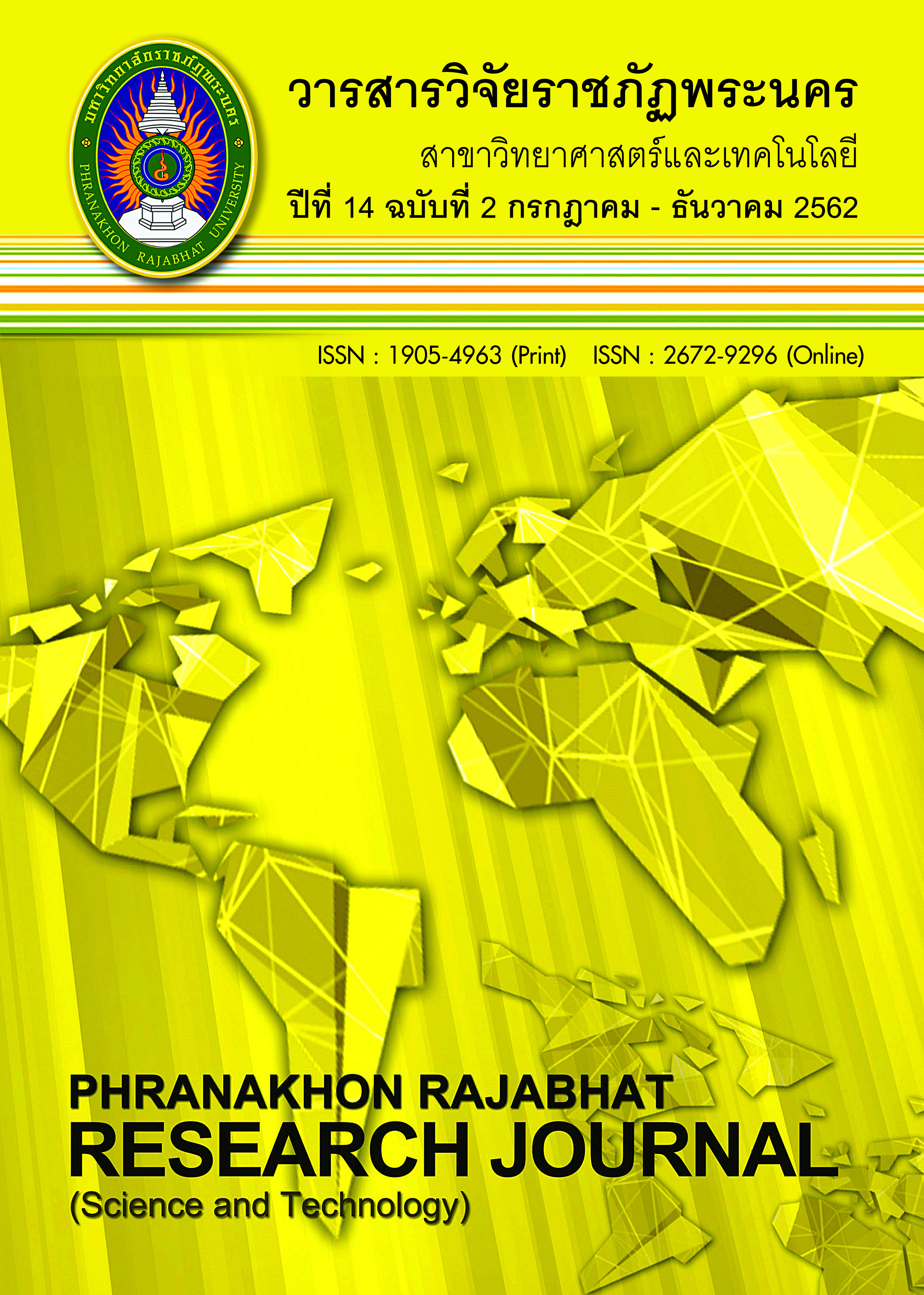PRIMARY SUBSTANCE EXAMINATION AND ANALYSIS OF COLLAGEN CONTENT FROM TRIPHALA PRODUCT IN WATER TYPE AND POWDER TYPE
Keywords:
Primary substance, collagen, Triphala, Hydroxyproline assayAbstract
This study focused on primary substance examination and analysis of collagen content from triphala product in water type and powder type in 22 brands of triphala product by hydroxyproline assay. The results showed that the triphala product in water type and powder type were the primary substances in alkaloids, tannins, flavonoids, terpenoid and steroids, respectively. The triphala product in water type can dissolve the primary substances better than the triphala product in powder type. The study of collagen content, the H-water type had the highest collagen content of 738.45 µg/ml and O- powder type had the highest collagen content of 117.27 µg/ml. When compared the collagen content from triphala product in water type and powder type showed significantly difference (p>0.05). Therefore, the information to make the decision to purchase the product to get the most benefit and to support the belief about the properties of the product. That contribute to the fight against free radicals, enhances collagen, balance the skin and restore the whole body system to work together.
References
Bag, A., Bhattacharyya, S.K., Pal, N.K. & Chattopadhyay, R.R. (2012). In vitro antimicrobial potential of Terminalia chebula fruit extracts against multidrugresistant uropathogens. Asian Pacific Journal of Tropical Biomedicine.
S1883-S1887.
Boonworapat, W. (2011). thai-chinese herbal encyclopedia frequently used in thailand. Bangkok: S. Printing. (in Thai)
Bunyamalee, P. & Tienwan, P. (2013). Antioxidant activity and tyrosinase activity of cream. Search from https://www.pharmacy.mahidol.ac.th/newspdf/special project/2556-26.pdf. [2017, 20 July]. (in Thai)
Chavalittumrong, P., Auttavich, E., Ruksarmun, P. & Jantapech, P. (1996). Subacute toxicity of traditional medicinal tripala. Journal of Medical Sciences. 38(3), 170-171. (in Thai)
Chantaboon, S., Phuphewkham, T., Phanngam, P., Phimal, W. & Rinthong, P. (2014). The effect of triphala extract to HMG-CoA reductase. Isan Journal of Pharmaceutical Sciences. (9) Supplement, 161. (in Thai)
Dutta, B.K., Rahman, I. & Das, T.K. (1998). Antifungal activity of Indian plant extracts. Mycoses. 41, 535-536.
Homhual, S. (2012). Beleric Myrobalan. Search from https://www.thaicrudedrug.com/main .php? Action = viewpage & pid = 133 [2017, 20 July]. (in Thai)
Laplae, J. & Siangproar, M. (1977). Antimicrobial activity and antioxidant activity of hair follicles. Search from https://www.pharmacy.mahidol.ac.th/en/serviceresearch-special-abstract.php?num=30&year=2557 [2017, 24 October].
(in Thai)
Matichon Online. (2017). Tripala three fruit balls coordinated antiretroviral therapy. Search from https://www.sentangsedtee.com/health-beauty/article_27675 [2017, 24 October]. (in Thai)
Rattananukul, V. (2012). Collagen. Search from https://biology.ipst.ac.th/index.php/ About-the-year-2012 / 337-2012-07-12-03- 58-59html. [2017, 20 May]. (in Thai)
Ratanapo, S. (2011). Introduction to biochemistry. Bangkok: Department of Biochemistry. Faculty of Science Kasetsart University. (in Thai)
Reddy, G.K. & Enwemeka, C.S. (1996). A simplified method for the analysis of hydroxyproline in biological tissues. Clinical Biochemistry. 29(3), 225-9.
Siddique, H.H. (1981). Pharmacological studies on emblica officinalis. Bulletin of Islamic Medicine, (1), 471-478.
Sriboonlue, P. (2012). Biochemistry Textbook. Khon Kaen: Department of Biochemistry Faculty of Medicine Khonkaen University. (in Thai)
Suksai, W. & Thapphasarapong, S. Method validation of collagen content by colorimetric analysis. In Pongsakorn Punrattanasin (Editors), Graduate Research
Conference, Khon Kaen University, 2014 (1515-1521). Khon Kaen: Khon Kaen University. (in Thai)
Sunthorncharoennon, N. & Ruangwiset, N. (2008). Quality of thai medicine from research to sustainable development. Bangkok: National Research Council of Thailand. (in Thai)
Wissakdilok, N. (2012). The ruler of balance and detoxification. Search from https://thearokaya.com/web/?p=5386 [2017, 20 July]. (in Thai)
Downloads
Published
Issue
Section
License
โปรดกรอกเอกสารและลงนาม "หนังสือรับรองให้ตีพิมพ์บทความในวารสารวิจัยมหาวิทยาลัยราชภัฏพระนคร สาขาวิทยาศาสตร์และเทคโนโลยี" ก่อนการตีพิมพ์




